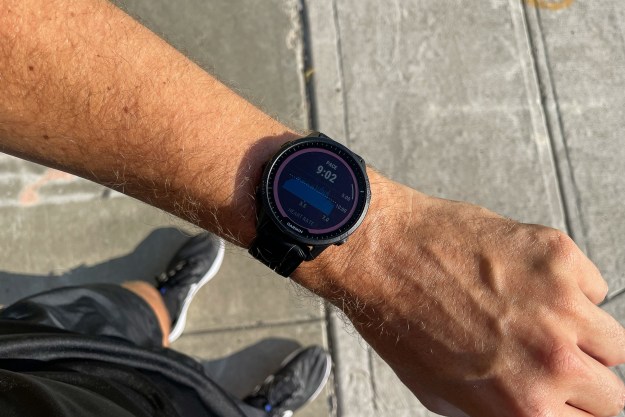He found that rubber bands do something very interesting when you stretch them out — the friction created from the stretching heats the band up. What was even more fascinating is that when he allowed the band to cool before it withdrew, the band became cooler than its original temperature.
Krasnow took this information, and using wooden gears crafted with a router, he built a mini refrigerator. He crafted all the pieces digitally on his computer in SolidWorks, a 3D CAD design program. Then, he used the Shaper Origin computer numerical control router to precisely cut out each piece. The router’s touchscreen has the image that Krasnow is setting out to cut, taking a lot of challenges out of the woodworking.
The rubber bands are connected to a series of gears which stretch them outside of the body of the fridge and then allow them to withdraw to inside the body. A fan inside the body blows the cooled air from off the bands into the interior of the fridge while a fan outside the body blows on the bands to cool them off before they contract.
Using thermal imaging Krasnow was able to show a visible difference between the inside and outside of the fridge. Since wood does not make the best insulating material and rubber bands only produce a small amount of coolant, it of course is not the ideal set-up for a fridge.
But while it doesn’t cool sufficiently to chill your food, the awesome part is that it works even a little bit. The entire idea would make a great proof-of-concept for a better working version sometime in the future.


